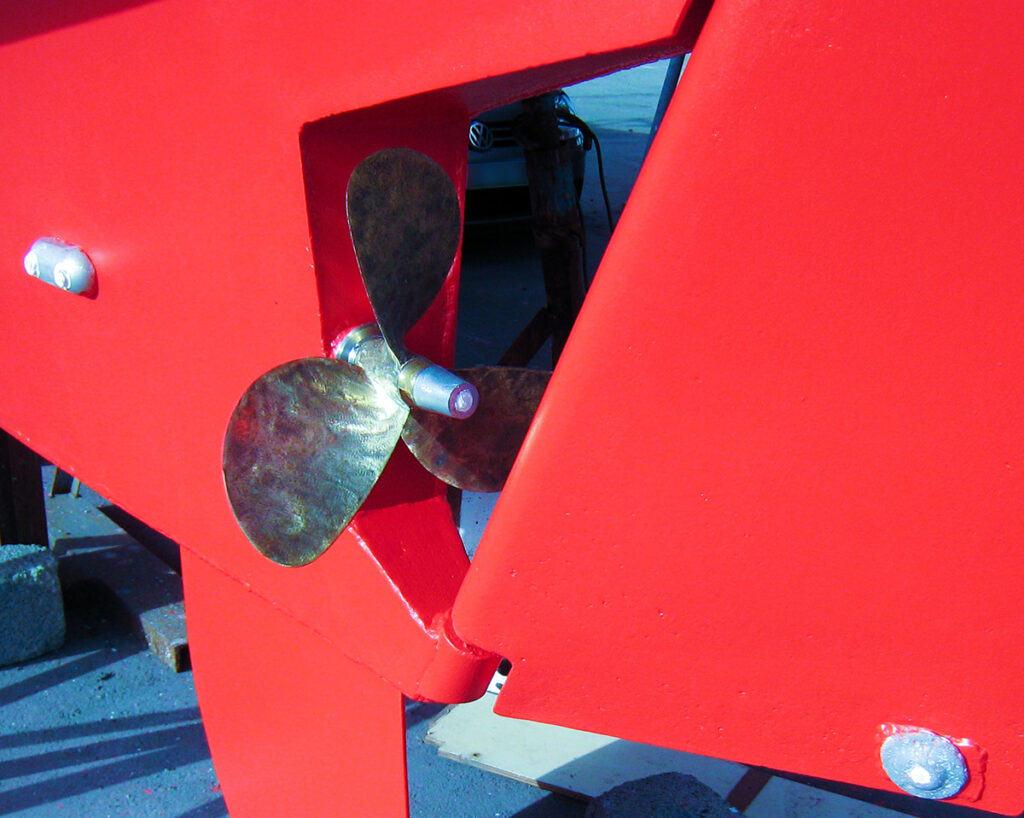Weekly quiz: anode lifespan and replacement
Here, 3 different anodes can be seen before splashing back into the water.

Questions
🔹 What is the typical lifespan of an anode and how often should they be inspected?
🔹 What are signs that an anode needs to be replaced?
And bonus question
🔹 Where do anodes need to be typically placed on a boat ?
👉 Reply on one of our social media below. We’ll post the solution right here next Sunday!
Answers
Thank you for taking part in this quiz. Several contributions have provided important answers.
Anodes are generally designed to last for one to two years. This is to avoid needing replacement in between haulouts. They can be checked more often if practical to do so or if there have been instances where they have already worn out faster than that.
Their effective duration can vary widely due to water salinity, the boat’s construction material, its electrical system, and the surrounding environment. If an anode consistently wears faster than this, it is probably undersized for the boat and/or conditions.
Signs that an anode needs to be replaced include:
- Significant wear: If an anode has worn down to about half of its original size, it should be replaced to ensure continued protection.
- Pitting or corrosion: If an anode shows signs of pitting, deep corrosion, or uneven wear, it indicates that it is no longer effectively protecting the boat and should be replaced.
- No wear at all: If an anode is not worn at all, it is not fulfilling its purpose as intended. In this case, you should find out why. Electrical contact may be faulty or you may need to change material.
Regular maintenance and timely replacement of anodes are crucial for preventing galvanic corrosion and ensuring the longevity of your boat’s underwater metal components. These are simple, short answers, but as someone pointed out, this topic is a science all on its own… Tell us if you want us to delve deeper into the subject.
Answer to the bonus question
Anodes should be placed in areas where different metals come into contact with each other, particularly underwater. A typical recreational boat might have 2-6 anodes, but larger boats or those with more complex underwater metal structures may require more.
Common locations include on a metallic hull itself, on the rudder, on the propeller shaft, on trim tabs, close to any underwater metal fittings such as through-hulls, and outside or within engines, stern drives, thrusters or water jets. You may also hang some anodes temporarily when moored or docked.
Our next quiz on marine VHF channels is now live and awaiting your answer!
